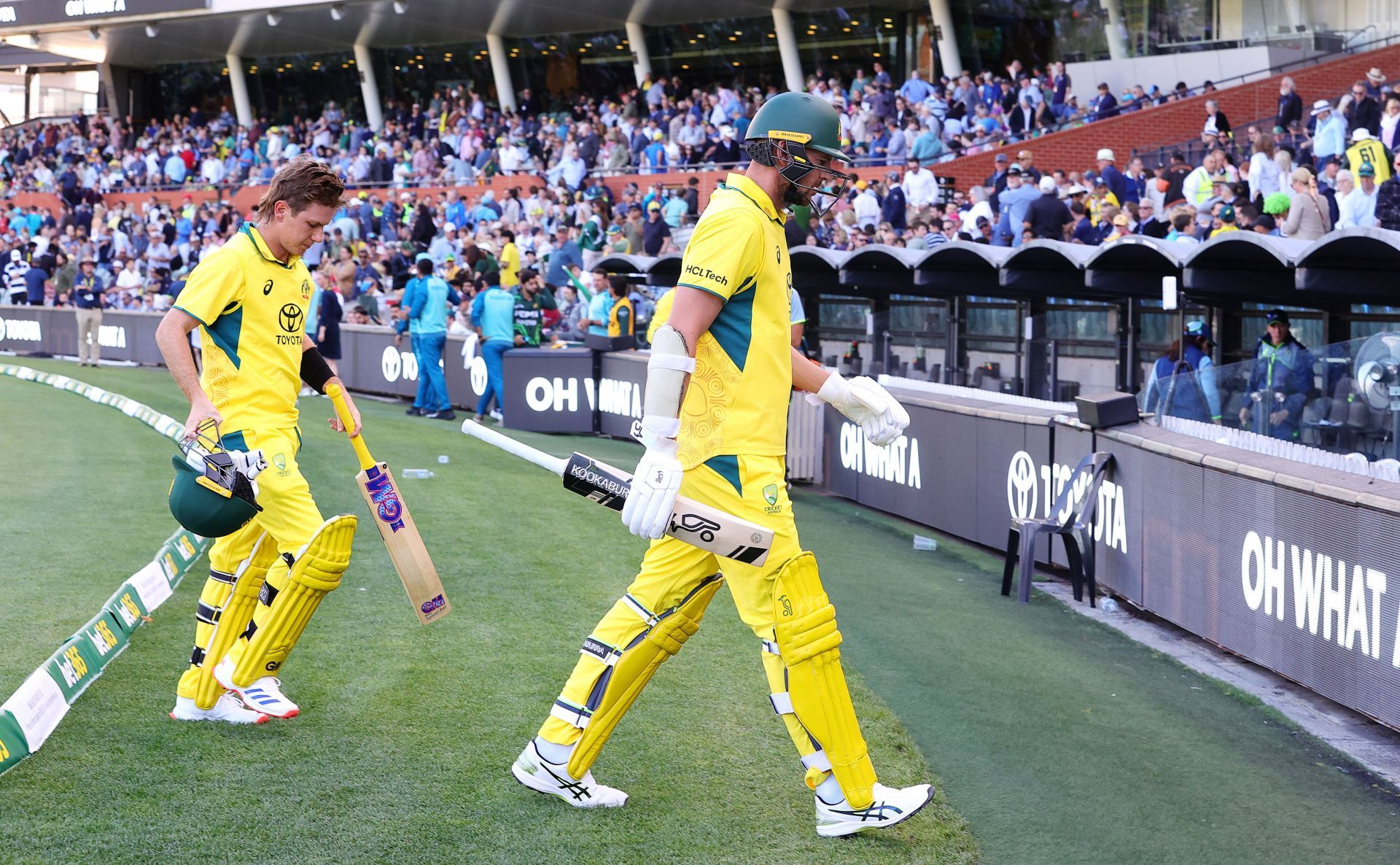
3 reasons behind Australia's historic 1-2 defeat to Pakistan in 2024 ODI series
Australia have encroached on unfamiliar territory after being bamboozled by Pakistan's pace attack on their own turn to lose the the three-match series by a 1-2 margin. Barring a last-gasp win in the series opener, the Men in Yellow do not have many positive takeaways from the series, which begins their home season on a sour note.
Australia headed into the series finale, the decider, in Perth after a humbling display in Adelaide. However, they slumped even further as they were bowled out for 140, only for Pakistan to chase it down easily yet again.
"Pretty disappointing to be honest, I think after the first three quarters of the first game, we've been totally outplayed, the batters just didn't get the runs on the board in the last couple of games. Guys have their own way of batting, but it's important to put together runs, stay out there and take the innings deep, and get the results," Australia stand-in skipper Josh Inglis said of the defeat in the post-match presentation.
On that note, let us take a look at three reasons behind Australia's historic 1-2 defeat to Pakistan in the 2024 ODI series.
#1 Overwhelming lack of respect for conditions and opposition
Pakistan do not have the best of records in Australia, and given the lack of consequences the three-match series had, the hosts arguably did not go full throttle, and to a degree, were taken aback by how the visitors came hard at them.
Australia were too casual in their approach, blindly following the aggressive approach without assessing the conditions. Former Australia cricketer Ian Healy had criticised this approach, but Australia continued to be adamant. Another former player in Mark Waugh was critical of the hosts being complacent with the bat in the second ODI.
“The [Australian] boys’ egos weren’t able to be put away for even half an hour. They’re treating it like schoolyard [cricket]. Our shot selection was poor and to me, the juniors, Matt Short (1) and Jake Fraser-McGurk (16), were [playing] like schoolyard bullies. That’s not good enough from a cricket system that invests a lot more than it looks," Healy said (via The Age).
"Maybe Australia thought it was a 280 pitch and just relaxed a bit. All of a sudden, you are in a bit of a hole,” Waugh said on air.
While there were no particular demons on the pitches, it certainly wasn't a batting paradise, that too against a potent Pakistan pace quartet. Australia certainly would not have skittled out for 140 and 163 if they had assessed the pitch before deciding on an approach. The fact that they only lasted 100 overs with the bat, while losing 28 wickets, in the entire series speaks volumes.
#2 Australia played without purpose and hunger
As it is, the ODIs and the bilateral format is fighting for relevancy and gasping for air in this modern era. But, to schedule a series right before the Border-Gavaskar series meant that Australia only had one eye on the present. Australia released the senior players midway through the series, making their priorities crystal clear.
APart from kick-starting the home season, the series did not serve any other purpose, and thus there were hardly any long-lasting ramifications.
Pakistan, on the other hand, had a lot to prove coming with a new captain, and playing their first ODI in a year. Mohammed Rizwan kept his troops in line with his active captaincy, ensuring to capitalize on Australia's general nonchalance. It was also evident that the Pakistani pacers were relishing bowling on wickets that assisted them, after being cast aside for rank turners in the latter half of the home season.
#3 Struggles with partnership and momentum
Despite there being enough in the wicket to bring the bowlers into the game like Pakistan showed, it is harsh to blame the Australian bowlers for the series loss. The pacers did their work to bowl out Pakistan in the series opener in Melbourne, but just did not have enough runs to play with in the remainder of the series.
There was no pressure on the Pakistan batters chasing the meagre totals with the Australian bowlers could take advantage of, and the fault behind that goes entirely on the batters.
Somehow Australia are only viewing the perks of all-out aggression, and not the perils. There is always the notion that when it does not come off, it does not look good, and the same was true for Australia. Across all matches, the openers were back in the pavilion inside the powerplay, exposing the out-of-sort middle-order, who did not show any signs of resistance.
Amid all of this, there was no room for partnerships or any intent to absorb pressure and build some moneumtum or a platform. In fact, there were no signs that Australia were equipped or intended to bat out the whole 50-overs.